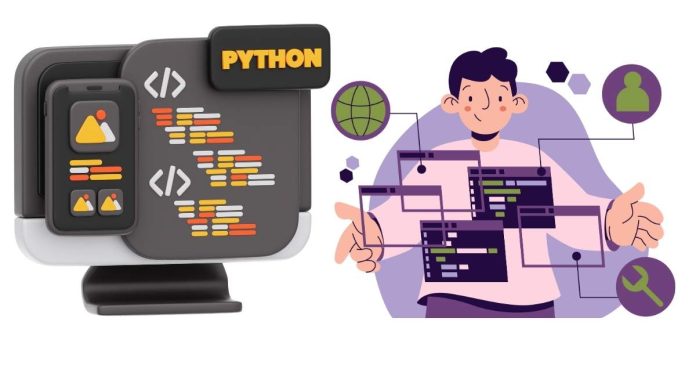Monkey patching is a term that often surfaces in Python discussions, particularly among developers who are exploring the flexibility and dynamic nature of the language. While it is a powerful tool, it comes with its own set of pros and cons. In this blog post, we’ll dive into what monkey patching is, how it works, and when (or if) you should use it.
Monkey patching refers to the practice of modifying or extending the behavior of libraries or classes at runtime. This means you can change the functionality of a class or module without altering its source code. This capability is possible in Python because the language allows for dynamic modifications of objects during runtime.
How Does Monkey Patching Work?
In Python, everything is an object—including classes and functions. This object-oriented nature allows you to modify attributes and methods of existing classes or modules dynamically.
Here’s a simple example:
# Original class
default_class:
class Animal:
def sound(self):
return “Generic animal sound”
# Original behavior
animal = Animal()
print(animal.sound()) # Output: Generic animal sound
# Monkey patching the sound method
def new_sound():
return “Meow”
Animal.sound = new_sound
# Modified behavior
print(animal.sound()) # Output: Meow
In this example, the sound method of the Animal class is replaced at runtime with a new function, effectively changing its behavior.
Real-World Use Cases
Monkey patching can be handy in various scenarios, such as:
- Bug Fixes: Quickly fixing a bug in a third-party library without waiting for the library maintainer to release an update.
- Testing: Overriding specific methods or functions during testing to simulate certain behaviors.
- Customization: Tailoring the behavior of existing modules or classes to better suit specific application requirements.
Risks and Downsides
While monkey patching is a powerful feature, it comes with significant risks:
- Unintended Side Effects: Modifying a class or module can inadvertently affect other parts of your application that rely on the original behavior.
- Maintenance Challenges: Changes made through monkey patching are not immediately visible in the original code, making debugging and maintenance more difficult.
- Compatibility Issues: Updates to the patched library or module can break your application if they conflict with your monkey patch.
- Readability: Monkey patching can make code harder to understand, especially for new team members who are unaware of the runtime modifications.
Best Practices
If you decide to use monkey patching, follow these guidelines to minimize risks:
- Use Sparingly: Only apply monkey patching when no other solution is feasible.
- Document Thoroughly: Clearly document the reasons for the patch and its intended behavior.
- Isolate Patches: Use wrappers or utility functions to encapsulate monkey-patched code, making it easier to identify and manage.
- Test Thoroughly: Ensure that your patches are thoroughly tested to avoid introducing new issues.
- Prefer Alternative Solutions: Consider subclassing, decorators, or other design patterns before resorting to monkey patching.
Monkey patching is a powerful but double-edged tool in Python. It provides a way to dynamically modify behavior, offering immense flexibility. However, its misuse can lead to maintenance headaches and unpredictable bugs. As with any programming technique, understanding its nuances and applying it judiciously is key to leveraging its potential without compromising code quality.
Have you used monkey patching in your projects? Share your experiences and thoughts in the comments below!


